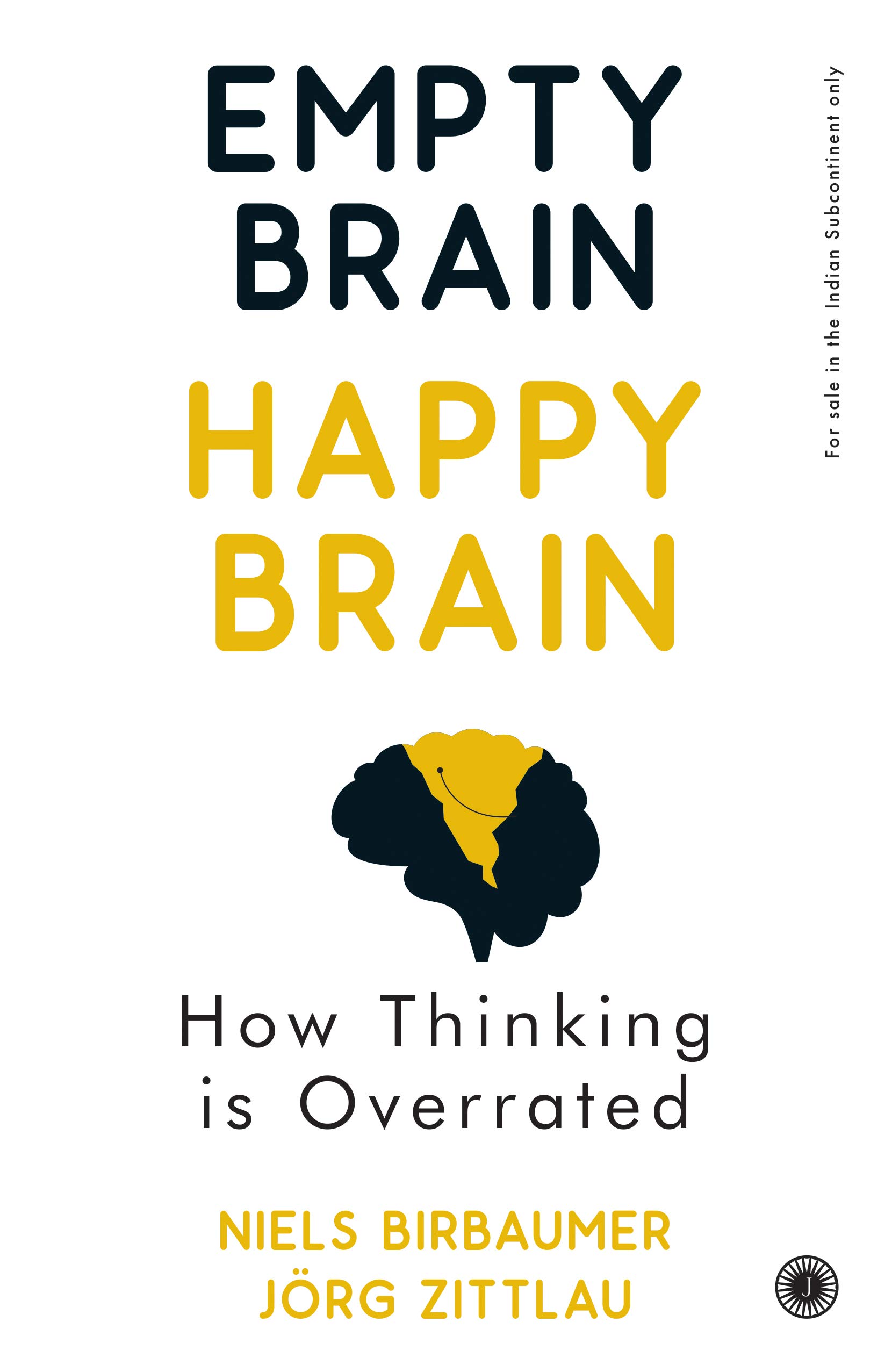What do you think?
Rate this book


Find the happiness of emptiness.
Few things scare us more than inner emptiness. The presumed emptiness of coma or dementia scares us so much that we even sign living wills to avoid these states. Yet as Zen masters have long known, inner emptiness can also be productive and useful. We can reach this state through meditation, concentration, music, or even during sex. In fact, our brain loves emptiness — it makes us happy.
Leading brain researcher Niels Birbaumer investigates the pleasure in emptiness and how we can take advantage of it. He explains how to overcome the evolutionary attentiveness of your brain and take a break from thinking — a skill that’s more important than ever in an increasingly frantic world.
253 pages, Kindle Edition
Published December 15, 2022